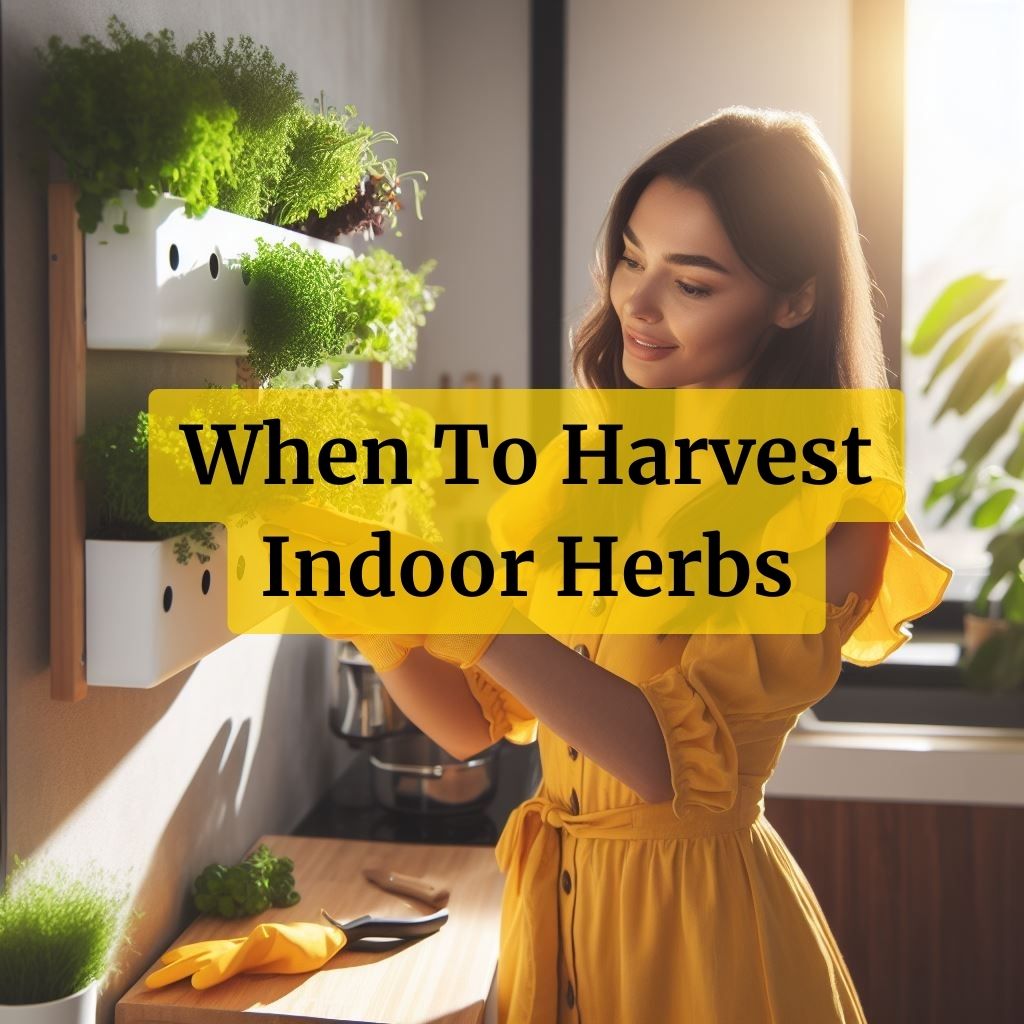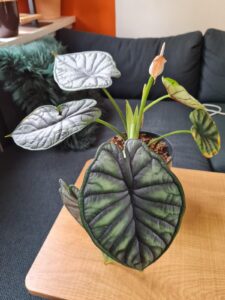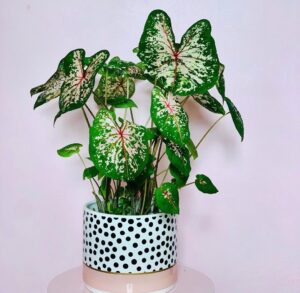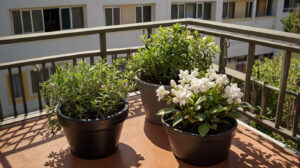
The herb gardening journey begins with the harvest, and timing is everything. Whether you’re growing annual or perennial herbs, knowing when to pluck those aromatic leaves can make a world of difference.
Annual herbs like basil and cilantro thrive when harvested regularly. Their flavors intensify before flowering, so it’s best to pinch off leaves frequently. Perennial herbs, on the other hand, require a more strategic approach. Harvest them in the morning when essential oils are at their peak for the best flavor.
In this article
Annual vs. Perennial Herbs: Key Differences
Annual herbs complete their life cycle in one growing season, while perennials return year after year. Understanding these differences is essential for successful herb gardening.
Annuals like basil, cilantro, and dill are easy to start from seeds and provide a continuous supply of fresh herbs throughout the season. Perennials such as rosemary, thyme, and sage may take longer to establish but offer long-term benefits. Consider the space and time you have before choosing your herbs.
Tips for Successful Herb Harvesting
Preparing Your Garden
Before you even think about harvesting, ensure your herb garden is primed for success. Choose a location with good sunlight, well-draining soil, and adequate space for growth. Indoor herb gardens should be near a sunny window or under a grow light.
Essential Tools and Materials
To keep your herb garden flourishing, you’ll need some key tools and materials. Gather pots or containers with drainage holes, nutrient-rich potting soil, and seeds or young herb plants. A watering can or spray bottle, gardening gloves, and pruning shears are also essential.
Equipment and Tools for Herb Harvesting
When it comes to harvesting herbs, the right tools can make the process smoother. Invest in a good pair of pruning shears or sharp scissors for clean cuts. A small basket or tray to collect your harvest is also handy. Remember to keep your tools clean and sharp for optimal results.
Materials for a Healthy Herb Garden
Proper materials are the building blocks of a healthy herb garden. Ensure your pots or containers have proper drainage to prevent root rot. Use high-quality potting mix enriched with organic matter for good moisture retention and nutrient availability. Don’t forget to label your herbs to avoid any mix-ups.
Harvesting Herbs for Optimal Growth
Instructions for Harvesting Stems with Leaves
Now that your herb garden is set up and thriving, it’s time to delve into the art of harvesting. Start with the basics: harvesting stems with leaves. Here’s a step-by-step guide:
- Choosing the Right Stem: Select stems that are healthy and vibrant, avoiding any yellowing or diseased ones.
- Cutting or Pinching Above a Node: Locate a node (the area where leaves emerge from the stem) and make a clean cut or pinch just above it. This encourages new growth and prevents the herb from becoming leggy.
- Harvesting for Shape and Health: Regularly trim your herbs to maintain their shape and ensure they stay healthy. Remove any dead or yellowing leaves to promote vigorous growth.
End of Season Harvesting
As the growing season comes to an end, it’s time to maximize your herb yields. Harvest your herbs generously before the first frost. You can freeze or dry them for use during the colder months, ensuring your herb garden continues to provide flavorsome delights year-round.
Indoor Herb Gardening Care Guide
Indoor herb gardening is a rewarding endeavor, offering several benefits. Herbs like basil, parsley, and chives can thrive indoors year-round. However, there are a few considerations to keep in mind:
- Light Requirements: Indoor herbs need at least 6-8 hours of direct sunlight or 12-16 hours under a grow light. Place them near a south-facing window or invest in quality grow lights.
- Watering: Avoid overwatering by letting the top inch of soil dry out between waterings. Use well-draining pots to prevent waterlogged roots.
- Humidity: Herbs appreciate higher humidity levels. You can place a tray of water near your herb garden or mist them occasionally to mimic their natural environment.
Outdoor Herb Gardening
Outdoor herb gardening allows your plants to bask in natural sunlight and thrive in the open air. However, you’ll need to consider the following seasonal aspects:
- Sunlight: Outdoor herbs need at least 6-8 hours of sunlight per day. Choose a location that receives adequate sun exposure.
- Seasonal Changes: Be prepared for seasonal changes. Some herbs may be annual in colder climates but perennial in warmer regions.
- Adequate Drainage: Ensure that your outdoor herb garden has proper drainage to prevent waterlogging, which can lead to root rot.
Choosing between indoor and outdoor herb gardening depends on your available space and climate. Indoor gardens provide year-round access to fresh herbs but require proper lighting and care. Outdoor gardens offer the delight of watching your herbs flourish under the sun but are seasonal and may need extra protection in harsh winters.
Common Mistakes to Avoid
Always Repot Your Herbs
One common mistake herb enthusiasts make is neglecting to repot their herbs as they grow. Herbs can quickly outgrow their pots, leading to root-bound plants that struggle to thrive. Keep an eye on your herbs and transplant them to larger containers when needed.
Don’t Overwater Your Herbs
Overwatering is another common pitfall. Herbs prefer slightly dry conditions, so resist the urge to drench them daily. Use pots with good drainage, and water only when the top inch of soil feels dry to the touch.
Being Careful When Taking Clippings
When harvesting herbs, take care not to damage the main stem or remove too many leaves at once. Cutting or pinching above a node, as mentioned earlier, ensures the health and vitality of your herb plants.
Nurturing a vibrant herb garden, whether indoors or outdoors, is a fulfilling experience that rewards you with fresh flavors and aromatic delights.
By understanding the nuances of herb gardening, from proper harvesting to care guidelines, you can keep your green oasis thriving year-round.
So, roll up your sleeves, put on those gardening gloves, and embark on your herb growing journey with confidence.
Frequently Asked Questions
Can I grow herbs indoors year-round?
Yes, many herbs can thrive indoors year-round with proper care and lighting. Choose a sunny location or use grow lights, and provide adequate watering and humidity.
What are the advantages of growing herbs outdoors?
Outdoor herb gardens benefit from natural sunlight and fresh air, allowing herbs to grow vigorously during the growing season. They also provide a more extensive space for herb varieties.
How often should I harvest my herbs?
The frequency of herb harvesting depends on the type of herb and its growth habits. Annual herbs can be harvested regularly, while perennials should be harvested strategically to encourage growth.
What’s the best way to preserve herbs for later use?
Herbs can be preserved by drying, freezing, or making herb-infused oils or vinegars. Each method has its advantages, so choose the one that suits your needs best.
Are there any common mistakes to avoid in herb gardening?
Yes, common mistakes include overwatering, neglecting to repot, and improper harvesting techniques. By avoiding these pitfalls, you can ensure the health and vitality of your herb garden.







